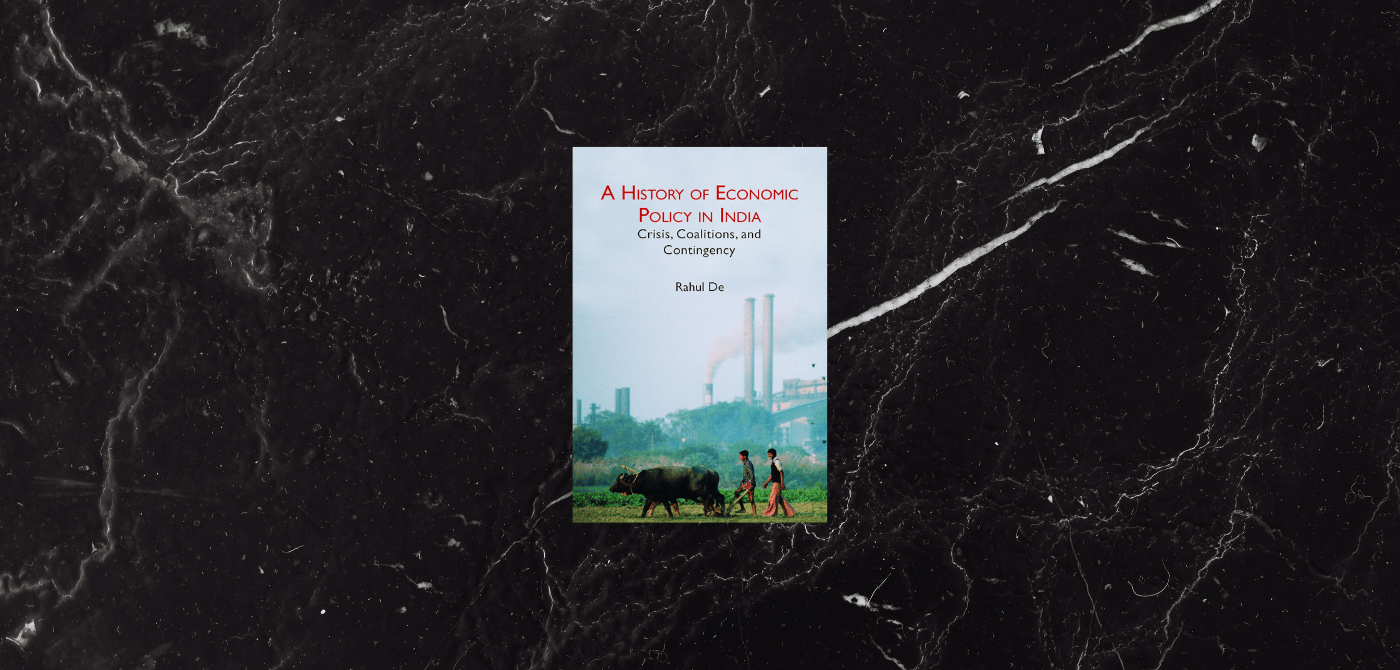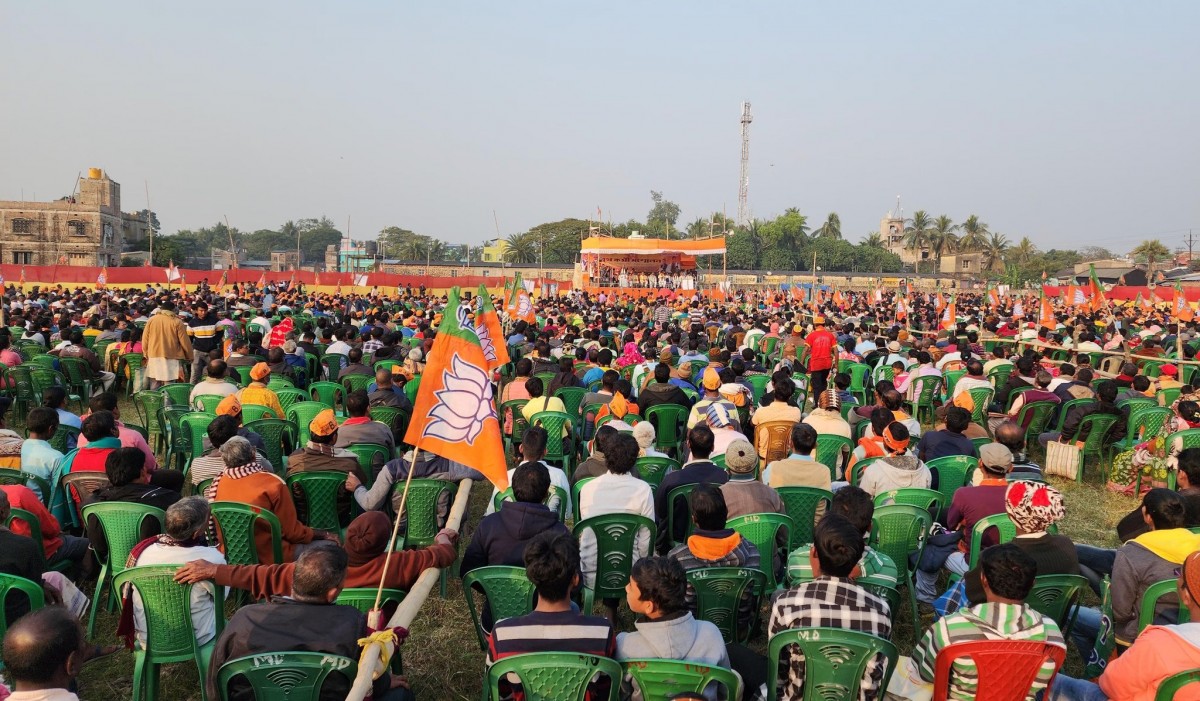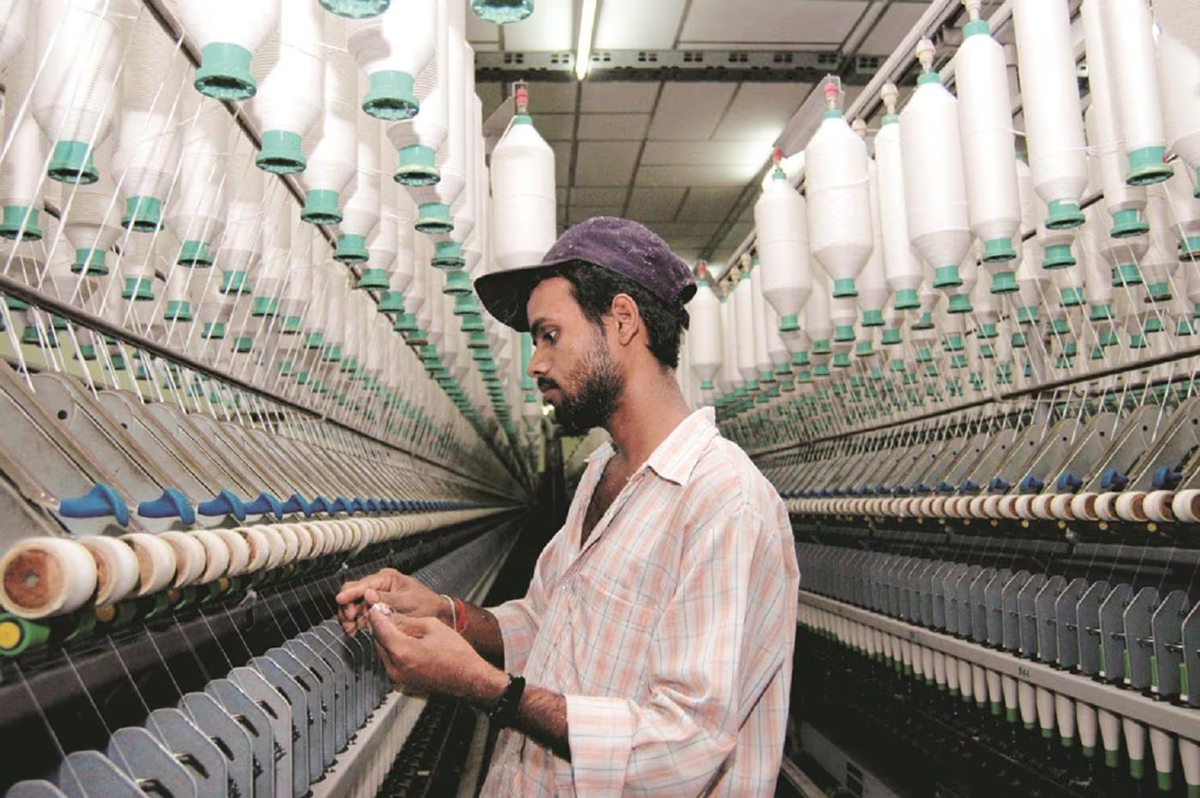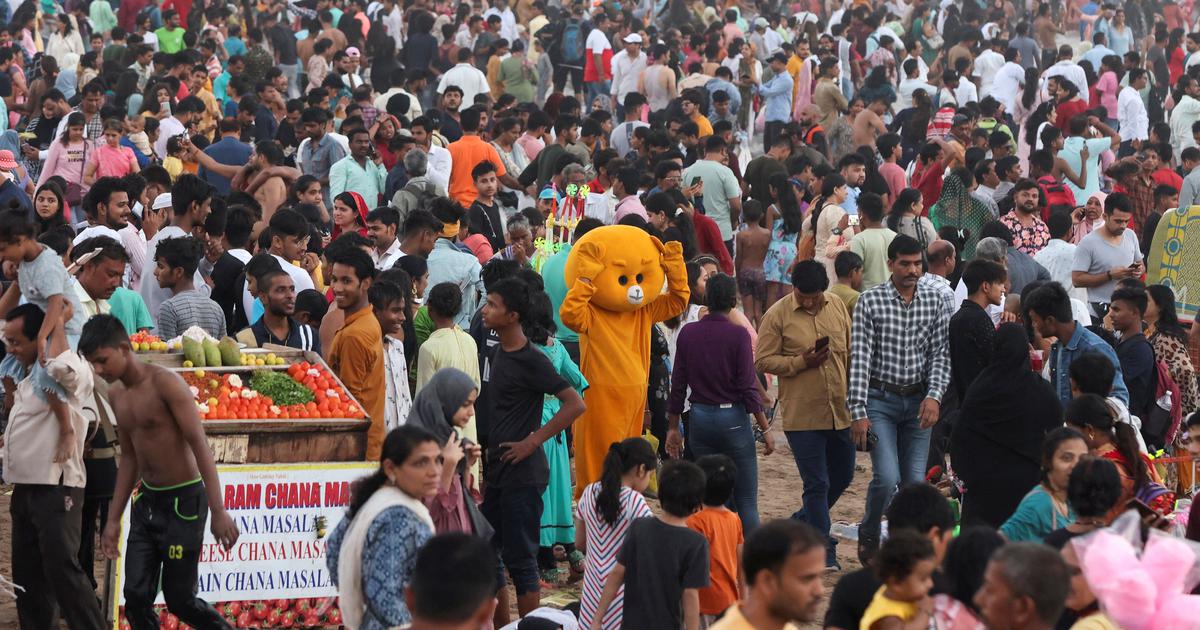Understanding Policy through Economic History
September 3, 2024 2024-09-03 7:41Understanding Policy through Economic History

Understanding Policy through Economic History
This student-friendly book admirably accomplishes its task of helping the reader understand economic policy changes in India since 1947. It suggests reforms helped the urban rich, but it does not explore their influence on policy decisions.
Rahul De has set himself an inordinately difficult task, to sketch out an accessible and rigorous evaluation – as opposed to a mere delineation – of the history of economic policy in India. De’s attempt is to emphasise that policy-making in the present is locked in a dialogue with the past, even if its current practitioners are silent to these conversations. This book is aimed at students and the general public interested in knowing more about the nature of policy and economic changes in India.
De eschews the language and methodology of traditional economics, relying on a political economic approach. For instance, it is British colonialism, the nature of the freedom movement, and the class character of Indian society that combine to shape the structure of Nehruvian policy. For an economy battered by years of colonial (mis)rule, planned industrial growth was seen as the measure most appropriate to eradicate poverty.
As De points out, it was not due to Nehru’s “flawed” vision that the system of planning he hoped to impose failed, but due to the legacy of history. The nature of the independence struggle took on board both feudal landlords and big industrialists, and hence their claims on their property and autonomy could not be denied, unlike in South Korea and China. The inability of the government to discipline private capital led to low industrial growth. The inability to bring about sufficient social reforms in agriculture – such as land reforms – led to food crises in the mid-1960s. These factors led to the turn towards populism in Indira Gandhi’s time and the gradual erosion of the legitimacy of the state-led mode of development in India.
The broader aim of helping students understand the specificities of economic policy changes in India is admirably accomplished.
This method of analysis is the book’s strength, and yet it opens itself to certain weaknesses. For one, to make sense of changes on such a large time-scale, especially for India, the author must exercise some discretion when structuring the narrative. This is admitted by the author. For instance, while the narrative device of a “crisis” is used to analyse the shifts from Nehru to Indira Gandhi, and from state-led development to liberalisation, it ceases to be applicable post-liberalisation. But this is to underestimate the scale of the task he has adopted, for the broader aim of helping students understand the specificities of economic policy changes in India is admirably accomplished.
Rather than clinically dissecting the themes and arguments of the book, I shall attempt to use the ideas sketched out within to critically reflect on some questions of India’s economic history. I focus on three questions: the role of agriculture in Nehruvian policy; the growth process after liberalisation and the role of coalition politics; and the political and economic changes in the Indian economy.
Agriculture and Nehru
De’s broad characterisation of the agricultural thrust of Nehru’s policy is one of relative neglect, as shown in the following quotes: “He chose to focus on the industrial sector over the agricultural sector” (p. 44), or “the focus on industries in independent India meant that public investment in agriculture was not adequate” (p. 66).
This dominant narrative has been contested, most recently by P. Balakrishnan. 1 In India’s Economy: From Nehru to Modi, Balakrishnan makes a strong case for a re-evaluation of agriculture’s performance in Nehru’s time (2022). True, the rate of growth in agriculture was less than manufacturing and services. But this should not be characterised as a failure without situating it in the context of colonial stagnation, and considering that the average annual rate of growth of the primary sector during the first half of the 1900s was around 0.4% (2022: 31). To go from a half century of stagnation to an annual rate of growth of roughly 2% for the first 15 years of independence was not just quantitatively noteworthy, but also a qualitatively important shift.
After liberalisation
De’s narrative shifts from a focus on class to the changing nature of political parties. The rise of regional parties in the 1980s led to the Congress government increasing non-capital expenditures in the states to ensure the loyalty of its allies. The ensuing fiscal crisis in the 1990s ushered in reforms.
The expansion of regional power centres is seen by De as an explanation for the uneven success of reforms. He characterises regional political leaders as being “focused on prioritising the region over the centre [… and having] built [their] vote bank on linguistic, ethnic or caste-based identity” (p. 112), and “represent[ing] powerful agricultural interest groups and industrialists who had not been able to access or benefit from central policy-making … as this was dominated by the north-centric government” (p. 113).
There is truth in this, but to see the rise of regional powers as only serving narrow interests is, as K. Balagopal has put it, to “read the story by halves”.
NTR’s rise was not just about the articulation of Telugu interests, but also of a newly formed class, which had grown rich under the Green Revolution, demanding a greater share of resources.
Balagopal’s analysis (1984) of the rise of the N.T. Rama Rao (NTR) and the Telugu Desam Party (TDP) is instructive. Rao did represent the interests of the Kamma castes, “which came of age during […] the nationalist movement and the agrarian struggles against the zamindars and the British Raj”. But his rise was not just about the articulation of Telugu interests, but also of a newly formed class, which had grown rich under the Green Revolution, demanding a greater share of resources than what the existing monopoly powers were content to give.
Towards more recent times, De helps the reader appreciate the differences in policy between the Common Minimum Programme of the first United Progressive Alliance (UPA) government (2004–2009) and the Modi government’s focus on benefit transfers through technological delivery mechanisms.
De attributes much of the high growth of the UPA years to the Special Economic Zones (SEZ) Act, 2005, which, he writes “led to a surge in private corporate investments, encouraged foreign direct investment (FDI), and growth in imports and exports” (p. 127). The devolution of power to state governments allowed them to bypass regulatory bottlenecks and spur growth through the decentralisation of decision-making.
Here the regional parties – seen earlier as inimical to economic reform – become conducive to high growth. De’s answer to this contradiction would lie in the cutting of regulatory red tape. But this is to implicitly say that the answer to high growth lies in increasing the “ease of doing business”, which is a return to problematic notions of supply-side economics. These policies may have given rise to real estate booms and predatory growth in specific urban enclaves, but cannot serve as an explanation of economy-wide growth. The period of rapid growth was characterised by rising capital inflows and domestic investment, but how much of this was specifically due to the SEZ Act?
Changing political economy
At the outset, De adopts the use of class as a central category, justifying his choice due to “the dearth of databases and empirical studies to elucidate th[e] mechanism” (p. 10) of how caste reproduces economic inequalities. This is contestable, for empirical studies on the links between caste and inequalities abound in the social sciences. Balagopal’s (1987) notion of “provincial propertied class” presents a valuable framework to understand the interlinkages between caste, class, and surplus extraction.
Let us confine our argument to the framework chosen, class. The flow of class power reads as follows: from large landlords and heavy industrial capital in Nehru’s time, to the intermediate class during Indira Gandhi’s regime, 2 and to civil society driving the UPA’s Common Minimum Programme. But therein lies an important question. If these differing class formations – it is difficult to conceptualise civil society as a ‘class’ – were important in each period, how does class power get attenuated from one period to the other?
Of course, it is impossible to discuss the changing nature of class dynamics and its influence on economic policy in a book meant for students and the general public. But the underlying impression one receives is that class ceases to become an important driver of policy following liberalisation. Post-reform growth enriches the urban elite, but they are conceptualised as mere beneficiaries of growth, and not seen as flexing their muscles to bend the shape of policy to their will.
This is especially important with the current era, which throws up more questions – and threats – than one has answers to. Recent work has shown that the concentration of wealth is greater now than during colonial times (Bharti et al. 2024). Monopoly stalks the Indian markets, and we are left grappling for a theory of political economy to explain their rise, their impact, and their links with political dominance. (These are not questions I hold De responsible for answering, but rather thoughts in line with the framework he has adopted.)
What explains the reasons why the current government has chosen in the electoral sphere to so forcefully defend the claims of the wealthy against redistribution, when they have never been courted electorally?
What explains the fact that the “intermediate classes” continue to vote for the Bharatiya Janata Party (BJP) in spite of being battered by demonetisation and the goods and services tax? What shifts in political economy explained the attempt of the BJP to introduce the farm bills? Is it that monopoly capital has grown so ascendant that it seeks to break the back of agricultural capital (though it ultimately failed)? Or that social and cultural power has now become the driving force of policy, being used to both consolidate disparate classes electorally in spite of significant material losses and to create a new class of urban monopoly capital? What explains the Narendra Modi govt of 2019-24 to so forcefully defend in the electoral sphere the claims of the wealthy against redistribution when they have never been courted electorally? The analysis of the political economy of New India requires a resolution of these questions.
The notion that policy must be understood in the context of differing interests does not provide easy answers, but sometimes the questions it raises serve to illuminate new channels of research and inquiry. As an introduction to questions of economic policy and change in India, this book would be a worthy addition to every student’s bookshelf.
Rahul Menon is with the Jindal School of Government and Public Policy, O.P. Jindal Global University, Sonepat.





